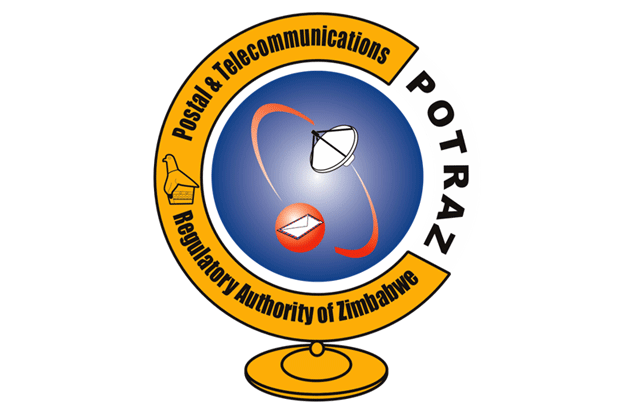 Sharing infrastructure in the telecommunications industry is a very complicated matter. The Reason boils down mostly to: I invested so much in expanding my infrastructure so that I compete effectively with you. It is economic madness to force me to share my infrastructure. An clear opportunity agreed amoung most operators and even the regulator recently however is that infrastructure sharing is easily doable when there’s a separate company whose sole business is building infrastructure. The concept is not new at all.
Sharing infrastructure in the telecommunications industry is a very complicated matter. The Reason boils down mostly to: I invested so much in expanding my infrastructure so that I compete effectively with you. It is economic madness to force me to share my infrastructure. An clear opportunity agreed amoung most operators and even the regulator recently however is that infrastructure sharing is easily doable when there’s a separate company whose sole business is building infrastructure. The concept is not new at all.
Great solution then. Except there’s one problem. POTRAZ doesn’t have an infrastructure only type of license, and they can’t just issue a new type of license just like that. The problem gets deeper. It turns out that back in 2013, POTRAZ had recommended a new licensing regime to government, the so-called converged licensing, which would have taken care of this problem. What happened however is that government was broke and needed quick money to run an election – the political decision taken then therefore was to go with the old simple licensing so they renewed Econet and Telecel ‘s licenses, giving them 20 year licenses for $137.5 million each. Effectively, converged licensing was put on hold
We communicated with POTRAZ to find out how they would solve the problem. POTRAZ says it’s not as complicated as it looks. The government, according to them, can still change the licensing regime but ensure that those that bought licenses in 2013 have incentive enough to be happy with the new licenses. The regulator says it has already recommended the a new structure to government.
Without knowing what these incentives for existing licensees are, it’s difficult to understand if indeed POTRAZ will solve this without breaking a sweat. What we do know is that, over the past couple of years, traditional mobile operators (GSM guys Econet, Telecel and NetOne) have been quite unhappy that a relatively new Internet Access Provider licensee (IAP Class A) introduced around 2007 could also do mobile voice while paying a comparatively very cheap license fee.
Here’s our question and answer with POTRAZ:
TZ: You indicated yesterday that government is aware and is making moves towards a converged licensing regime. How likely is this to happen and how feasible is this seeing that last year, 20 year licenses were issued on a non-converged basis?
POTRAZ: It is very possible to migrate to a converged licensing framework regardless of the fact that some licences with 20 year tenures were issued in 2013.
TZ: If this does happen, what would be the possible timeline and how does it affect existing licensees?
POTRAZ: POTRAZ as the adviser of government on communication related matters, has already made policy recommendations on migrating to a converged licensing framework. Government is still considering the recommendations. It would be premature to predict the time required for government to finalise the framework. In the event that the converged licensing framework is approved existing licensees would be given time to migrate to the new framework. There would obviously be incentives to encourage migration to the new licensing framework and the process will be transparent, fair and consistent with the law.
TZ: The converged licenses had been discussed a lot before renewal of licenses by Telecel and Econet in 2013, and then it died down, presumably because non-converged licenses had been issued. Were we incorrect in this presumption?
POTRAZ. A converged licensing framework can still be implemented regardless of the existence of non-converged licenses with long tenures. A number of jurisdictions have migrated to converged licensing in spite of having non-converged licenses whose tenures were still valid by offering incentives to encourage migration.
TZ: How would a converged license be structured in terms of services covered by such a license as well as the license fees?
POTRAZ. Basically a converged licensing framework seeks to separate service provision from infrastructure ownership. This is a layered approach to licensing. At the very bottom is the infrastructure provider licence. Above the infrastructure layer is the network services provision layer. The application and content layer is at the very top. The idea is to have a few infrastructure providers and as many application and content providers as possible. The actual fees will be decided taking into account existing licence fees.
TZ: Assuming a converged licensing regime is not implemented in the short to medium term, what room is there for an infrastructure licensee class to be introduced?
POTRAZ: In the absence of a converged licensing framework it will almost be impossible to issue infrastructure licences as the current framework provides for multi-service vertically integrated licences.













Comments
4 responses
Well informed article.
I can see econet easily dominating this through a licensed liquid or some new spin off entity. Interesting times ahead
new or existing players can still buy the already existing structure and start it from there. How far are they from building converged structures in areas where no other mobile operators have built?
As long as we have Political Parties that dont respect each other, it will remain just like that.